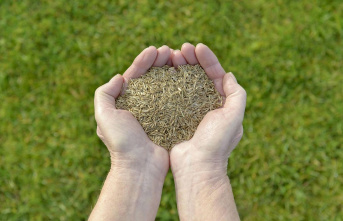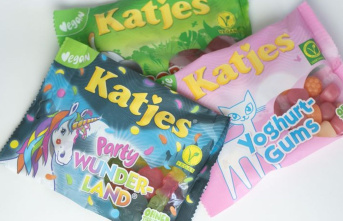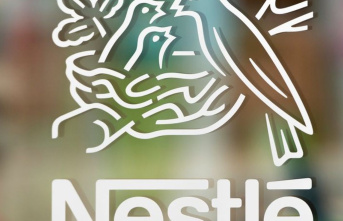The smartphone accompanies most people as a matter of course in everyday life. Manufacturers such as Apple, Google, Motorola, Oppo, Samsung, Sony and Xiaomi provide new devices year after year. There are also smaller manufacturers and newcomers, such as the Nothing Company last year. With these trends they want to lure us into the shops in 2023.
With the screens in our hands, the trend of the previous year should continue and delight us with sharper and smoother images. The previously standard 60 Hz refresh rate is increasingly giving way to 90 or even 120 Hz. This leads to smoother movement when scrolling on websites or in menus.
The trend that has been ongoing since 2021, that the displays can dynamically adjust their refresh rate, should also continue. So far, this feature has been reserved for some of the most expensive flagships. Because the throttled Hz number has a positive effect on the battery performance, it should only be a matter of time before the technology will also become established in much cheaper devices.
For many years, the trend was towards better and higher resolution image sensors and more innovative lenses on the back of smartphones. This development stagnated in 2022, on average manufacturers rely on three camera lenses on the back of their devices. A key reason for this development is that the manufacturers seem to trust their photo algorithms more than the built-in camera technology.
In a broad blind test, Google's Pixel 6a was surprisingly the best cell phone camera of 2022. And not because it has the best camera technology installed, but because Google relies on a particularly strong photo algorithm. However, all manufacturers still have room for improvement when it comes to macro photography, which is why the biggest leap could be waiting for us here in 2023.
For several years now, smartphone batteries have hardly had any room for real leaps in development. In order to get more out of the common lithium-ion batteries, smartphone manufacturers are therefore increasing the efficiency of their devices, for example with the help of adaptive refresh rates. In addition, they are increasingly relying on the wireless charging function to be able to offer an additional feature.
In terms of charging, the question of whether Apple will provide its iPhone 15 in Europe with a USB-C or Lightning connection will be particularly exciting in 2023. A regulation of the European Union requires manufacturers to use USB-C uniformly by autumn 2024. Analysts and experts are already speculating heatedly about whether Apple will wait until the deadline or switch to USB-C as early as 2023, at least in Europe.
Google's Tensor chip and its further development built into the Pixel 7 devices is the best chip so far when it comes to real artificial intelligence for our pockets. According to rumors, next year Google will already be launching its third Tensor generation in the Pixel 8 series, which is expected to start in August. It will be exciting to see how Apple will act in 2023 and whether it will give up the computing power of its bionic chips for increased AI features in the iPhone 15.
It also remains to be seen how Samsung, which produces the Tensor chips in cooperation with Google, will position itself. In addition, all manufacturers are working hard behind the scenes to constantly improve their algorithms and the associated increase in the efficiency of their devices. The bottom line is that a further leap in terms of efficiency and workmanship can be expected for 2023, from which mid-range and some lower-end devices should also benefit. Our mobile phones should not only be at the forefront of modern technology, but also become more powerful and qualitatively better across the board.











